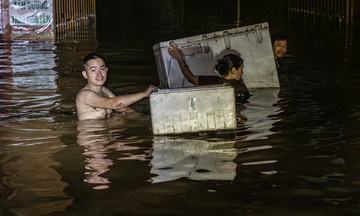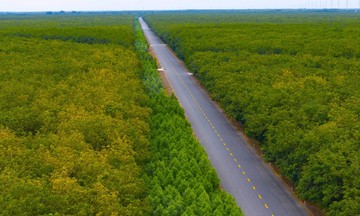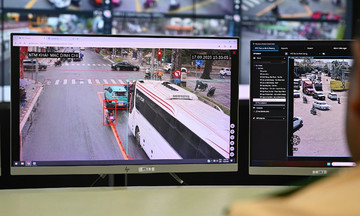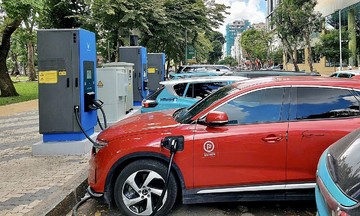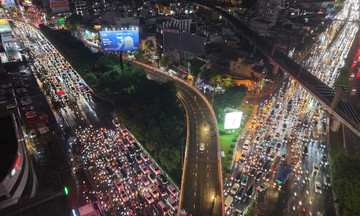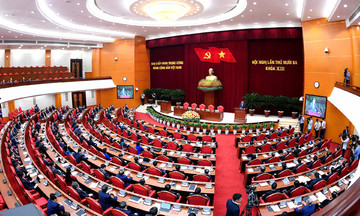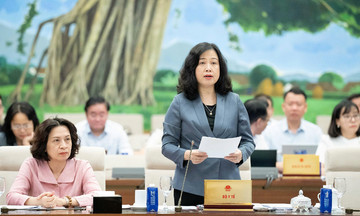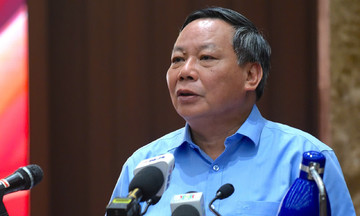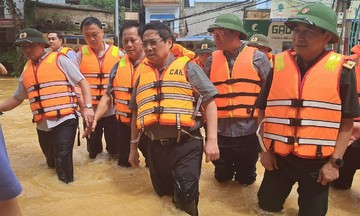Ho Chi Minh City's leadership structure has been reshaped following the merger.
Compared to the start of the term, the city's Standing Committee and administration have seen considerable changes. This is due to the integration of Binh Duong and Ba Ria-Vung Tau provinces, and personnel decisions from the Politburo.
The City Party Committee
The City Party Congress for the 2025-2030 term is scheduled for October. This will be the first congress since the merger that created the expanded Ho Chi Minh City.
Leading up to the congress, two key changes occurred within the Standing Committee. Tran Luu Quang, Head of the Central Committee's Policy and Strategy Commission, was appointed by the Politburo as the new City Party Secretary, replacing Nguyen Van Nen. Concurrently, Standing Deputy Secretary Nguyen Thanh Nghi was transferred to the Central Committee to fill the position vacated by Mr. Quang. Currently, the City Party Committee has not yet assigned a new Standing Deputy Secretary.
The key leadership and Party Committee boards now comprise 10 members, including two women (20%). The youngest member is Pham Hong Son (44), Head of the City Party Office.
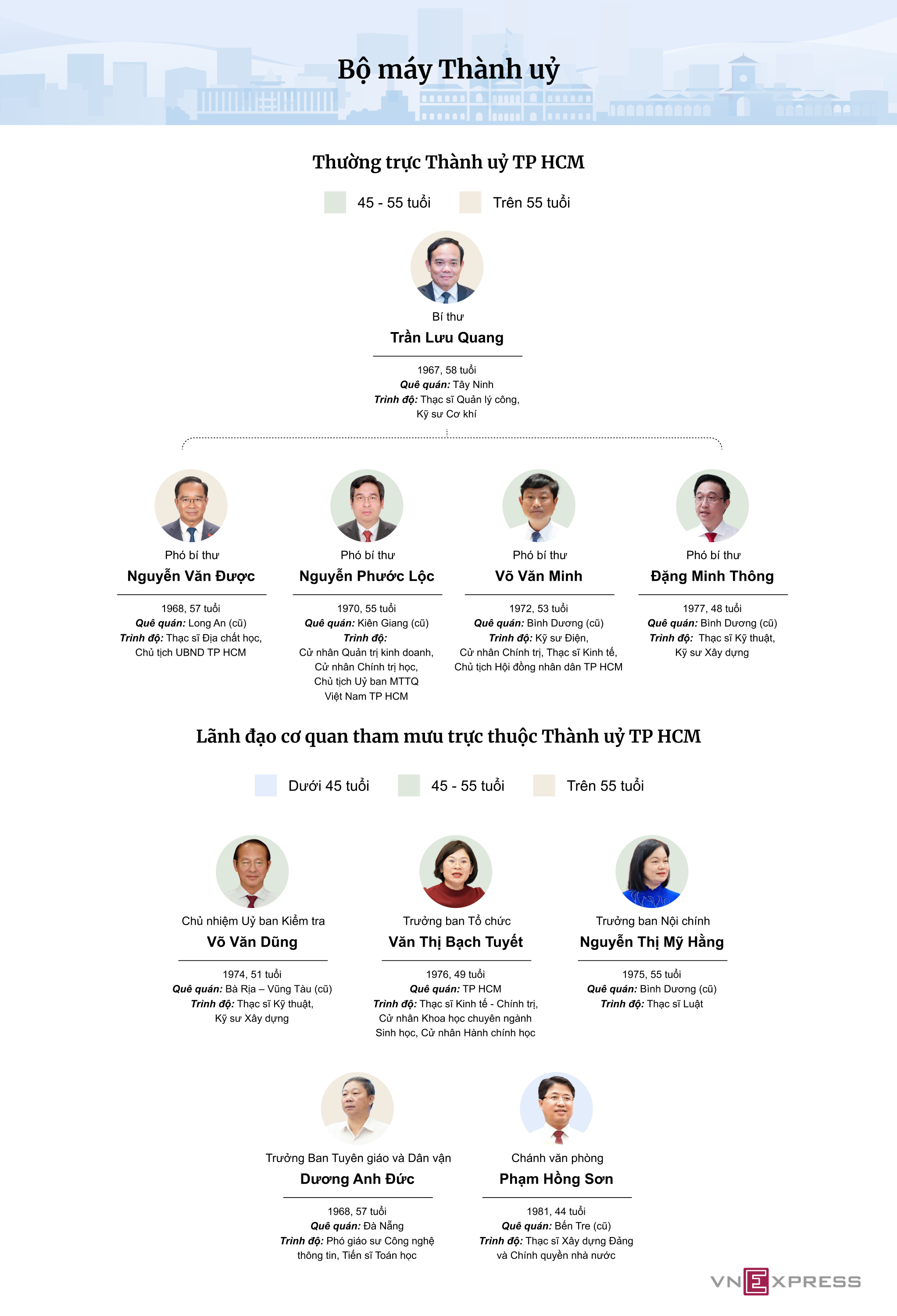 |
The City Administration
The Ho Chi Minh City People's Committee's Standing Board for the 2021-2026 term currently has 8 members, 7 of whom originated from the pre-merger localities. Nguyen Manh Cuong, Vice Chairman, is the newest member, elected by the City People's Council on 24/7 following the merger.
Previously, on 22/8, Nguyen Toan Thang was appointed Director of the Department of Agriculture and Environment, completing the post-merger city administration.
Nguyen Van Duoc is the current Chairman of the Ho Chi Minh City People's Committee, succeeding Nguyen Thanh Phong and Phan Van Mai for the 2021-2026 term. He retained his position after the merger on 1/7, with 7 deputies. Nguyen Van Tho serves as the Standing Vice Chairman, and Tran Thi Dieu Thuy (48) is the only female Vice Chair.
The average age of the city's leadership is over 51. The oldest is Nguyen Van Hieu (59), Director of the Department of Education and Training, while the youngest is Lam Dinh Thang (44), Director of the Department of Science and Technology. Officials aged 50 and under account for 45.5%, and female representation is nearly 23%, up from over 15% at the start of the term before the merger.
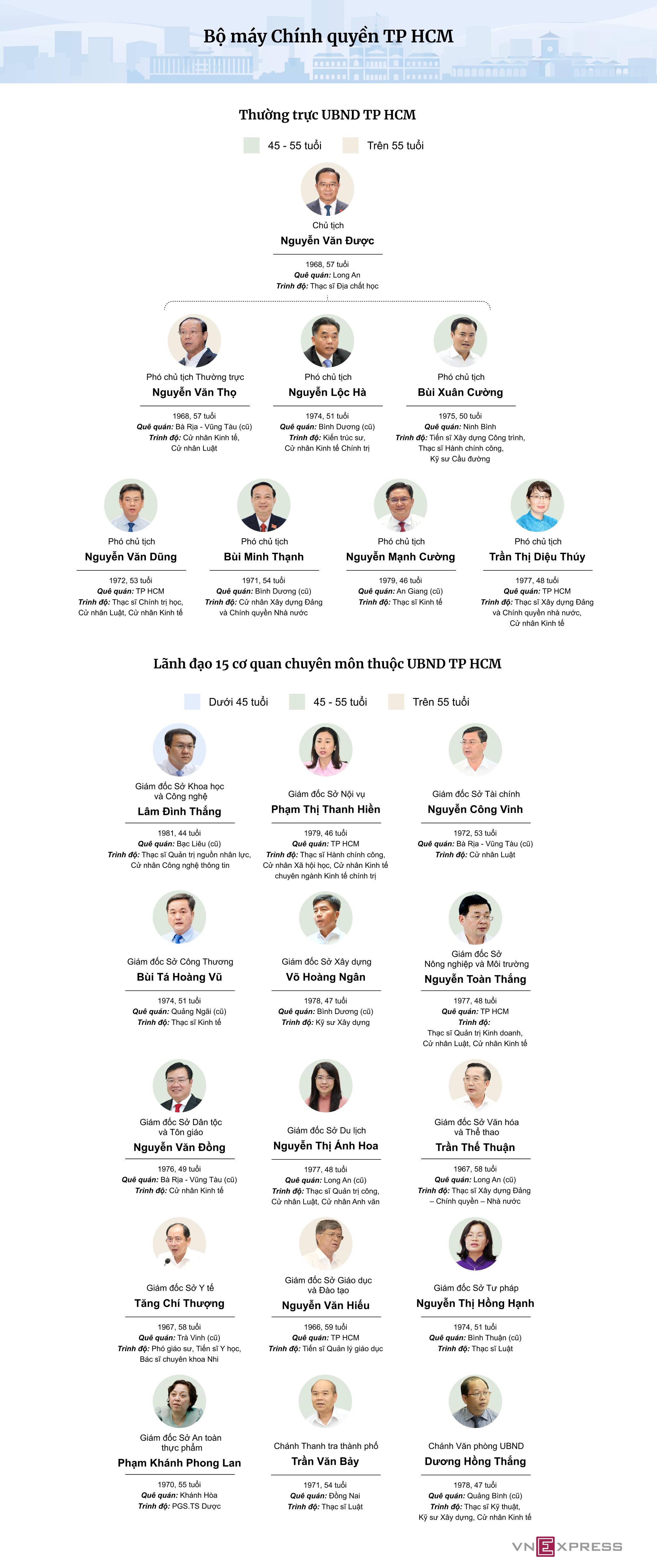 |
Challenges and Goals for Post-Merger Ho Chi Minh City
After merging with Binh Duong and Ba Ria-Vung Tau, Ho Chi Minh City now spans over 6,700 km2, with a population of approximately 15 million across 168 wards, communes, and special zones. The city is positioned as Vietnam's megacity, aiming to quickly join the top 100 smart and sustainable cities globally.
However, the city faces many challenges. Infrastructure is uneven, traffic congestion is prevalent, especially in the former Ho Chi Minh City area, and tens of thousands of temporary houses along canals remain unresolved. Administrative reform, competitiveness, and citizen satisfaction have been consistently low for years.
Binh Duong, despite being an industrial hub, primarily focuses on processing and lacks high-quality human resource training centers. Ba Ria-Vung Tau struggles with regional connectivity, and the Cai Mep-Thi Vai port cluster lacks a modern logistics ecosystem.
Furthermore, total social investment is below 25% of GRDP, lower than the national average, and not commensurate with the city's megacity status. The large population presents both a human resource advantage and a significant social welfare burden.
According to Chairman Nguyen Van Duoc, the new city's development model is defined as "one space - three regions - one special zone": Ho Chi Minh City as the core urban area and high-tech financial center; former Binh Duong as the high-tech industrial hub; former Ba Ria-Vung Tau as the center for maritime economy and clean energy; and Con Dao as a luxury tourism paradise.
In the first 6 months of the year, the city's GRDP grew by 7.49% (excluding crude oil), with budget revenue reaching 372,000 billion VND, or 54.5% of the target. The People's Council aims for at least 8.5% growth for the entire year, requiring a 10.3% growth rate in the second half.
The city is attracting investment for major projects: the International Financial Center, Can Gio International Transshipment Port, over 500 km of metro lines extending to the former Binh Duong province, and 176 km of roads along the Saigon River. Simultaneously, the city is implementing boundary-less administrative procedures, aiming to have 100% of administrative procedures resolved regardless of residents' location or business headquarters.
Upon assuming his new role, City Party Secretary Tran Luu Quang expressed both his excitement and concerns about the city's immense responsibilities. He acknowledged the expectations of leaders and the nearly 14 million residents' desire for a better life, as well as the anticipation from investors and businesses.
He called for unity among city officials and leaders: "Don't think of yourselves as originating from Ho Chi Minh City, Binh Duong, or Vung Tau, but act with the highest responsibility in this new era and within this new development space".
Le Tuyet - Khanh Hoang




